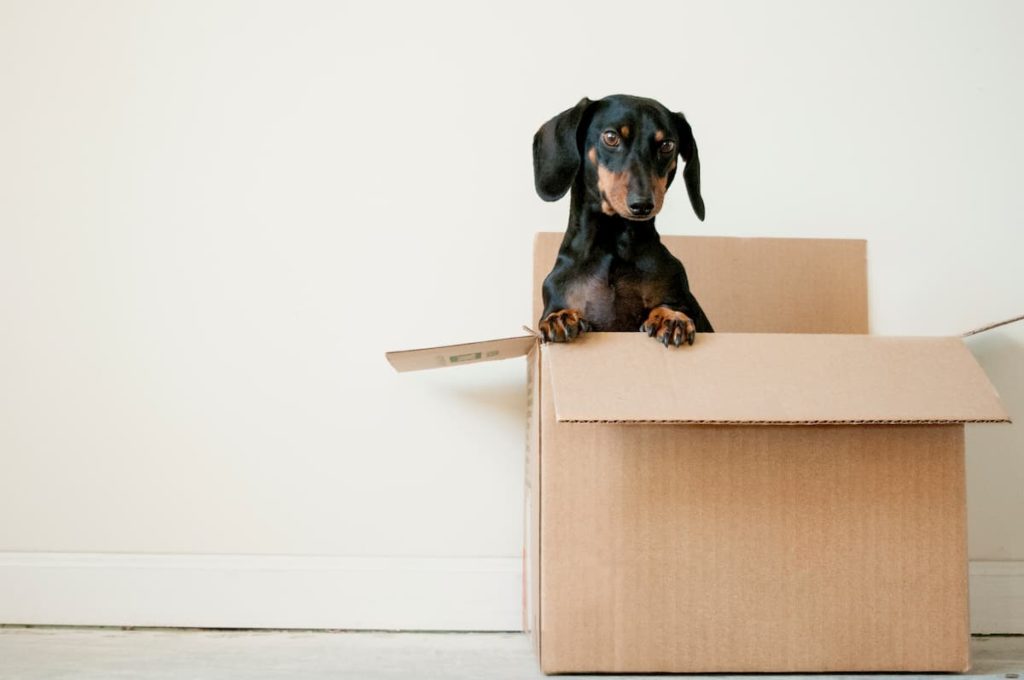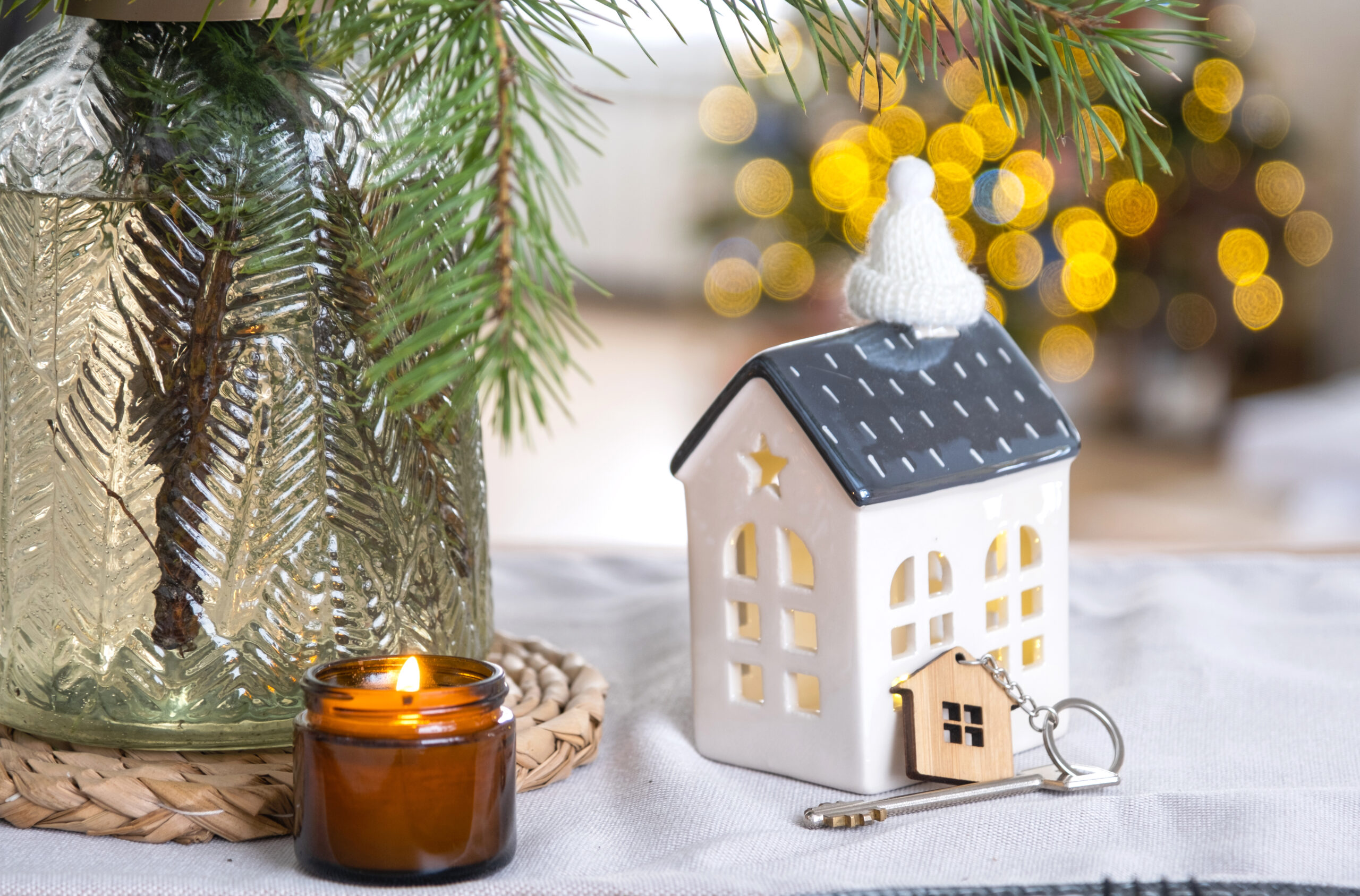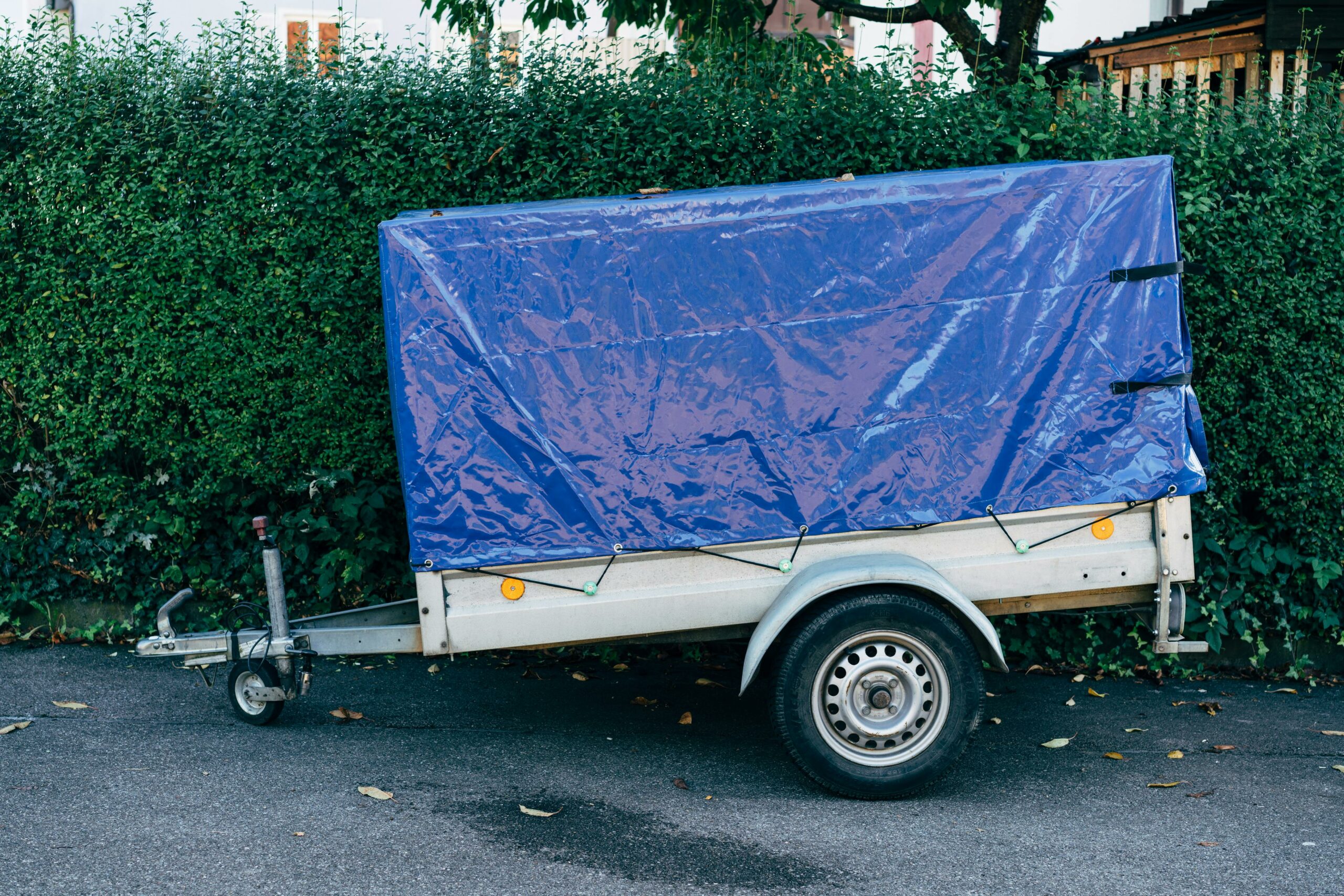People aren’t the only ones who can feel the stress of moving house. We love our animals and know you do, too. That’s why we’ve created this little tip sheet to help you make the process safe and smoother for your pets.
You can’t overplan with pets.
As you know, moving involves a lot of planning. These plans need to include pet arrangements, such as:
- Securing a pet-friendly home: Perhaps an obvious starting point, but trust us, we’ve seen it all. If you’re a renter, you need to confirm that pets are allowed and welcome at your new address. In addition to permitting pets, you need to also check for any breed restrictions or other caveats.
- Updating pet information: Often overlooked, you need to ensure your pet’s identification tags and microchip information are up-to-date with your new address and phone number.
- Booking a vet appointment: Depending on how far you’re moving, it’s a great idea to schedule a check-up to get your pet’s health records and any necessary medications. This is also an opportunity to discuss any concerns about how the move might affect them with a professional who knows them. This conversation is just as important even if you’re not moving too far and can continue using the same vet.
Pack like the tortoise.
When it comes to packing, no matter how much you have to do (and there’s always more than you think), we recommend embracing the tortoise’s approach: “Slow and steady wins the race.”
Remember, pets are sensitive to changes in their environment. You can help minimize their anxiety by:
- Keep consistent with your (their) routines: However possible, try to maintain regular feeding, walking, and playtime schedules. This kind of stability will help them better manage any shifts as they arise.
- Unveil moving supplies slowly: Bring out boxes and packing materials gradually, so your pet can get used to them. Be sensitive to noises they might not be familiar with, like the popping sounds of bubble wrap or loud crinkling of brown wrapping paper.
- Set up their safe space: Designate a quiet area in your home where your pet can retreat from the chaos of packing. Knowing they’re there will be just as comforting to you when you’re elbows deep in moving boxes and packing tape.
Think of transportation details
You need to get your pet from point A to point B safely and comfortably in order to keep their anxiety at a minimum. Depending on your pet’s disposition, the following three steps should be enough to ensure most feel safe and sound en route to your new home.
- Use a travel crate: Invest in a sturdy, comfortable travel crate if you don’t already have one. Familiarize your pet with the crate well before the move to eliminate any unnecessary surprises or stress.
- Triple check your travel plan: Carefully consider your route and ensure there are plenty of rest stops along the way, if you’re driving. As always, make sure you have an ample supply of water and food, along with beloved comfort items like a favorite toy or blanket.
- See about sedation: Consult your vet about whether a mild sedative is appropriate for your pet, especially for long-distance moves. As a professional who knows your pet, they have the knowledge to determine whether this is a necessary precaution to take before your move.
- Skip snacks and meals right before traveling: Ideally, you should feed your pet a light meal a few hours before traveling to avoid motion sickness.
Welcoming your pet home
As soon as you’re set up in your new space, practice the same habits that simplified your move. Designate a specific area for your pet and outfit it with their bed, blanket, and favorite toys. Stick to your routines, if you can, and explore the new rooms, nooks, and
While moving with pets does add an extra complication the process itself doesn’t have to be complicated. As always, our team is standing by to support you (and your fur babies) every step of the way. Contact us for expert moving assistance!











